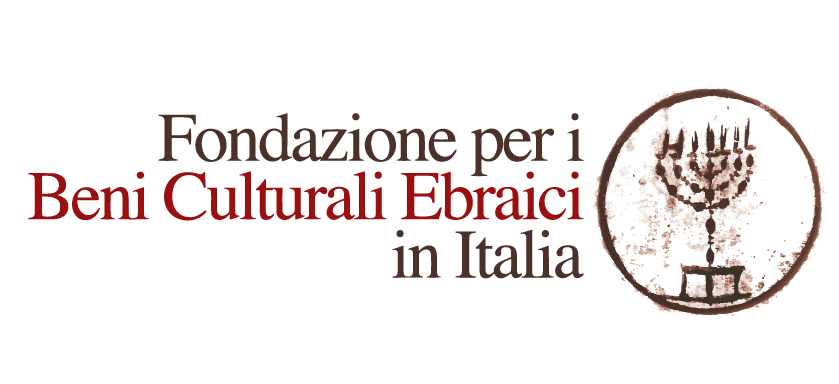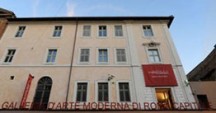Between vision and Jewish identity, is the second part of the title of the exhibition on 20th century female artists at the Galleria d’Arte Moderna. This provides plenty of points for further reflection, for an exhibition which does not set out to end with the museum visit, but which aims to open up various perspectives for visitors and the curious. Hence, while the exhibition is running, there will be various special events and meetings. The calendar is below.
On 18 June at 6pm there will be a guided tour of the exhibition and later, at 6.30pm, a double conference in the Cloister of the GAM. Speakers are Annamaria Isastia (The Nathan family: a protagonist of the European 19th century: Sara Levi Nathan) Flavia Matitti and Olga Melasecchi (Balla’s pupils: Annie Nathan and Pierina Levi). The event will be followed by a kosher food tasting.
On 25 June at 6.30pm, following the guided tour at 6pm, on the third floor of GAM there will be a conference organised by the Soroptimist Association (The creativity of women, described by the women of Soroptimist).
Speakers: Stefania Severi (national secretary) (From Properzia to Frida, thank goodness for Sofonisba), Lydia Palumbo Scalzi (In the footsteps of Princess Lelia Caetani, painter and gardener of Ninfa), Rita Tolomeo (Virginia Olper Monis: writer and woman of commitment), Fabiana Mendia (Tamara de Lempicka), Emilia Lamaro (Women in the history of music). Closing remarks from the national president of the association, Anna Maria Isastia.
On 9 July at 7pm, in the Cloister at GAM, the Orchestra Popolare Romana will bring klezmer music to the museum, with a concert, “The Fiddler on the Tiber”.
On 10 September at 6.30pm, following the guided tour at 6pm, Dora Liscia Bemporad will discuss “Leone Ambron, a 20th century Jewish collector”. Kosher food tasting to follow.
On 17 September at 7pm at the GAM Cloister, Miriam Camerini will stage the theatre performance “Il mare in valigia” (The Sea in a Suitcase).
On 22 September at 6.30pm double conference at the Jewish Museum of Rome with Francesca Lombardi (“La ‘pericolosa fantasia’ della pittura”, notes on Amalia Goldman Besso 1856-1929) and Claudio Crescentini (Adriana Pincherle- Katy Castellucci at the Galleria La Cometa 1936)
On 30 September, following the guided tour at 6pm, in the GAM Cloister, conference with Silvia Berti (Remembering Antonietta Raphael Mafai, from Jewish heritage to invention), Giulia Mafai (Antonietta Raphael), and Serena De Dominicis (Female themes and Jewish tradition in the work of Antonietta Raphael). Kosher food tasting to follow.
Anna Maria Isastia is associate professor of Contemporary History and teaches at the Department of History, Culture and Religions at the Sapienza University of Rome. She is also President of the Soroptimist Association.
Flavia Matitti is a lecturer in Contemporary Art History at the Accademia di Belle Arti in Florence. Since 2001 she has been a contributor to the daily newspaper L’Unità. She is now mainly concerned with contemporary art, particularly Italian artists who worked in the first half of the twentieth century.
Olga Melasecchi, Art Historian and curator of the Jewish Museum in Rome.
Soroptimist International Association
Soroptimist International is a women’s association comprised of women of a high professional standing. It operates through projects to promote human rights, to further the condition of women and the acceptance of diversity.
Fondazione Ambron Castiglioni Founded in 1998 thanks to the bequest of Luisa Ambron Errera, the Foundation has the purpose of carrying out projects to promote and divulge studies and research in the field of art history, with a particular focus on Italian painting and sculpture from the 19th and 20th centuries, as well as the contribution of Jewish artists and culture to Italian movements in painting and the arts in the 19th and 20th centuries.
Dora Liscia Bemporad, Associate professor in History of Applied Arts and Goldsmithery at the Faculty of Arts and Philosophy at the University of Florence. She is a member of the Academic Committee of the Fondazione Ambron Castiglioni.
“Il violinista sul Tevere” (The Fiddler on the Tiber) concert by the Orchestra Popolare Romana. The orchestra consists of 14 instrumentalists and one narrator, and for three years has been dedicated to researching and performing music from the Italian-Jewish tradition, both Sephardic and Ashkenazy. The show is based upon the discovery of the travel journey of a young klezmer musician in Rome, in 1891. Accompanying him around the rather magical and perhaps somewhat dreamt up streets and squares of the Eternal City are the klezmer-inspired folk tunes as well as the sites of Jewish Rome and more… hanging between tradition, modernity and emancipation.
”Il mare in valigia” (The Sea in a Suitcase) Play by Miriam Camerini A journey among the pages of poet Else Lasker-Schüler. Script and directing by Miriam Camerini with Valeria Perdonò, with Luca Piva. Miriam Camerini stages the human and artistic story of one of 20th century Germany’s most important female poets. She does so by blending languages, just as Else herself would have done. Her life is narrated, her works recited, her images shown in a poetic animated film created using the poet’s own drawings; and then there’s the music; from 1920s Berlin to the Land of Israel in the Thirties and Forties, many languages come together to carry the audience to a unique, bewitching world. Images, readings, theatre, disguises… Poetry.
Silvia Berti, lecturer in Modern History at the Philosophy Department of Sapienza University of Rome. In her many research projects, she has explored the links between Jewish and Christian culture in the modern age.
Claudio Crescentini, Art Historian, has dedicated his work to studying twentieth-century artists such as Giorgio De Chirico.
Francesca Lombardi, Art Historian, works on themes of figurative culture in the nineteenth and twentieth centuries, with a particular interest in Italian art between the wars, and on art made by women.
Serena De Dominicis is an art historian and freelance critic. In 2006 she published the volume “Antonietta Raphaël Mafai. Un’artista non conforme”, with Selene Edizioni. She writes for the magazine “Arte e Critica”, where for many years she worked as staff writer. She is currently a postgraduate at the University of Aix-Marseille, and works with the Centro Studi Mafai Raphaël in Rome.
Giulia Mafai, daughter of Antonietta Raphael and Mario Mafai, began her career as costume and set designer in 1950, working on some of the best-known Italian films. She worked with some of the period’s most prominent directors and actors, such as Vittorio De Sica, Mario Monicelli, Sofia Loren, Marcello Mastroianni, Elliott Gould, Harvey Keitel, Keith Carradine. She devised and curated the Laboratorio del Carnevale di Venezia, from 1978 to 1985.





